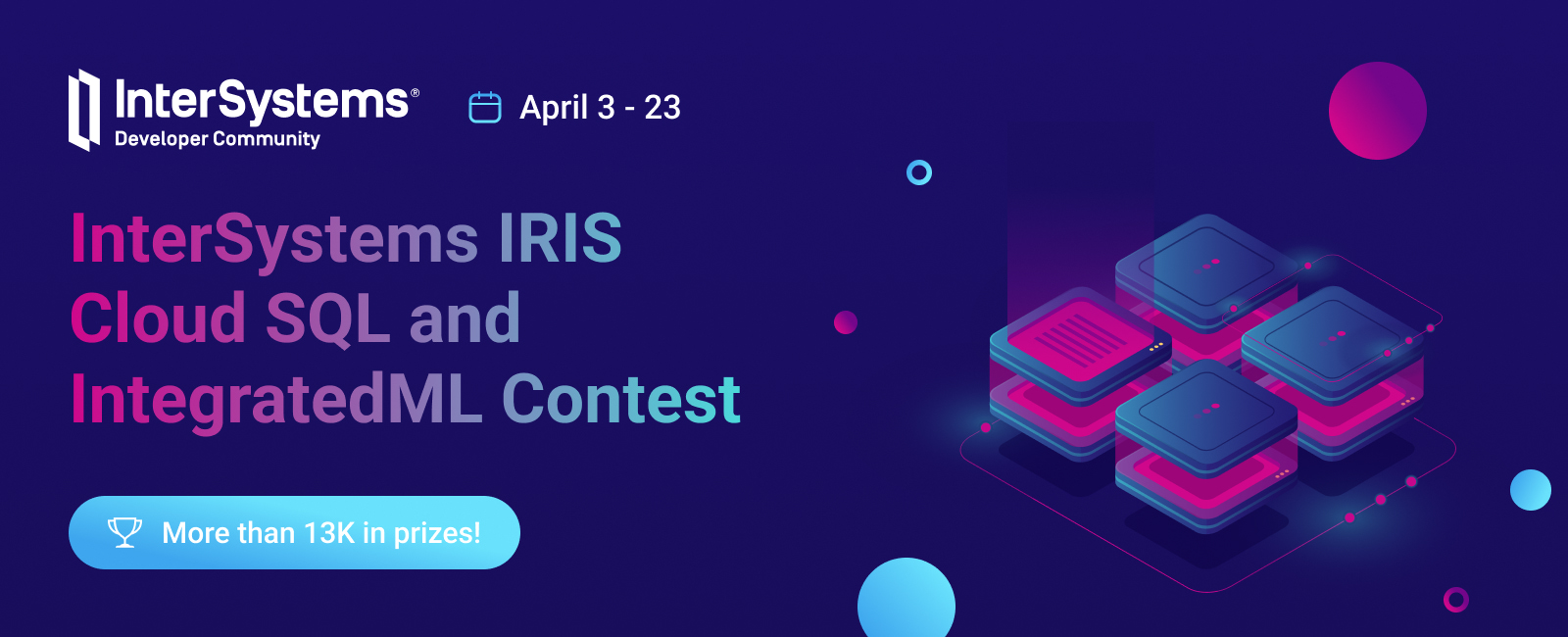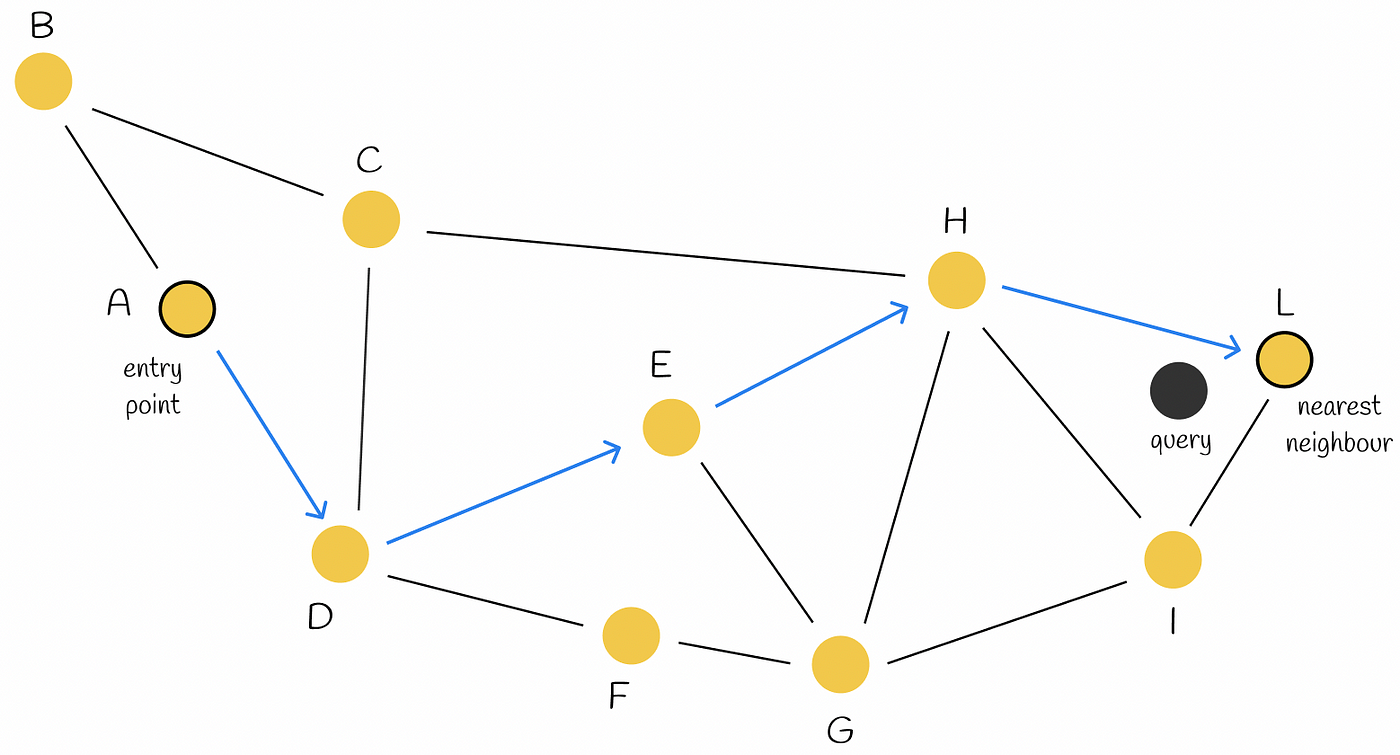In this article we are going to show the results of the comparision between IRIS and Postgress when handling Astronomy data.
Introduction
Since the earliest days of human civilization we have been fascinated by the sky at night. There are so many stars! Everybody has dreamed about them and fantasized about life in other planets.



